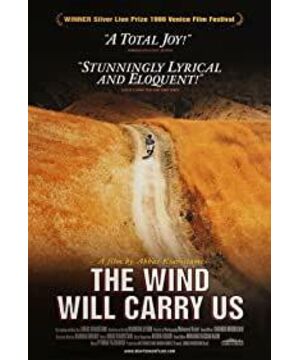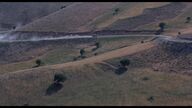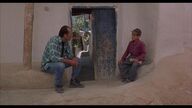A story with no beginning and no end, a stranger's first contact with a village, its awakening. The villagers have no desires, and the protagonist has been waiting anxiously. Prose-style narrative, leave blank, let the audience feel and ask questions. "Those roads are childhood roads, and the twisty roads are reality. . . . Everything is in the details, everything is the opposite of death, the team members eating strawberries, the relationship with the town, the green grass sprouting, the tree by the grave , everything symbolizes life, but at the same time, there is no opposite life, no life disturbed by death, there is no meaning. For all things, there is a season, and the dead tree by the cemetery, compared with other trees, is The biggest and the oldest, it naturally withered, the woman who did the laundry, will give birth to a child in that humble house, this is a sign that she will give birth to this child before death comes. The tortoise is turned upside down on all fours , but the tortoise turned itself over again and life went on. Death is beautiful because we don't believe it, we see other people die time and time again, but we never see ourselves dying, we talk about death, but But we have a hard time believing it, that bone made death more real, something deep underground came out to be free, and finally, the river took it away, and it also reflected a kind of vitality." The film's title comes from the first Iranian The poetess Furu Falkherzad, "Gone With the Wind" is one of her best poems, in which there are several lines: Sooner or later, the wind will take us away like a dead leaf ...the conversation between the doctor and the protagonist as they ride their motorcycles down that winding trail underscores the theme. What's interesting: The protagonist shaves directly into the camera. Many characters can only hear voices or backs without seeing faces.
View more about The Wind Will Carry Us reviews







